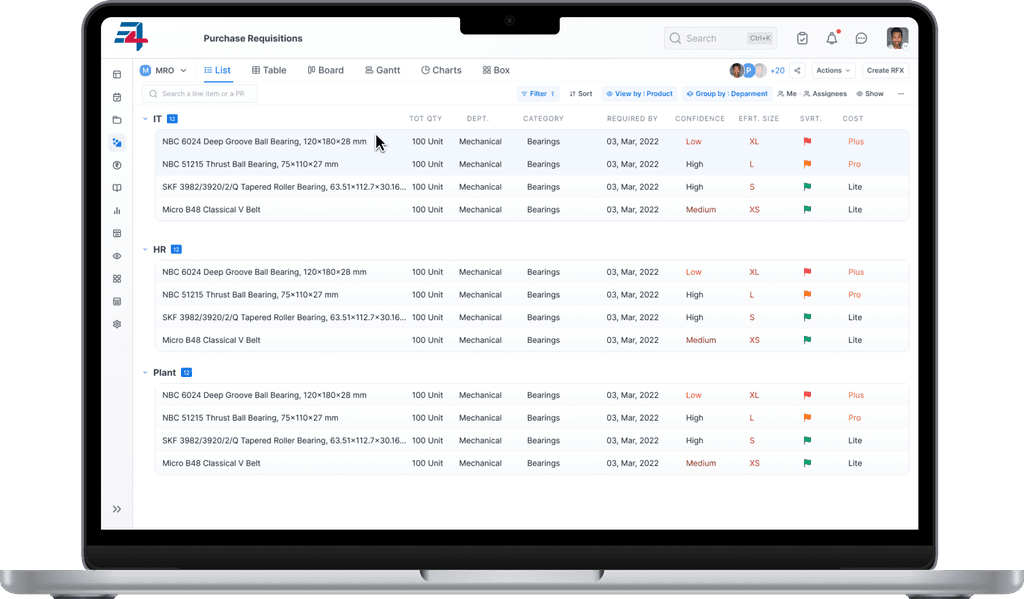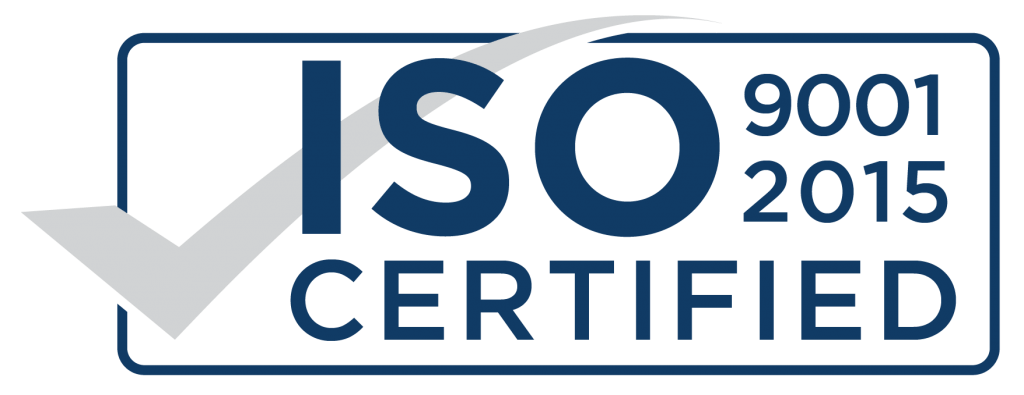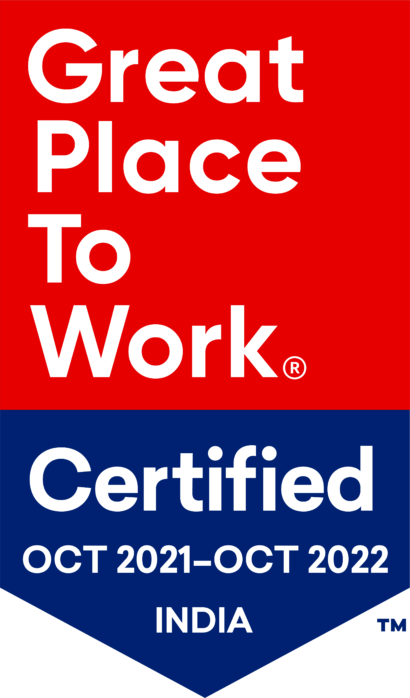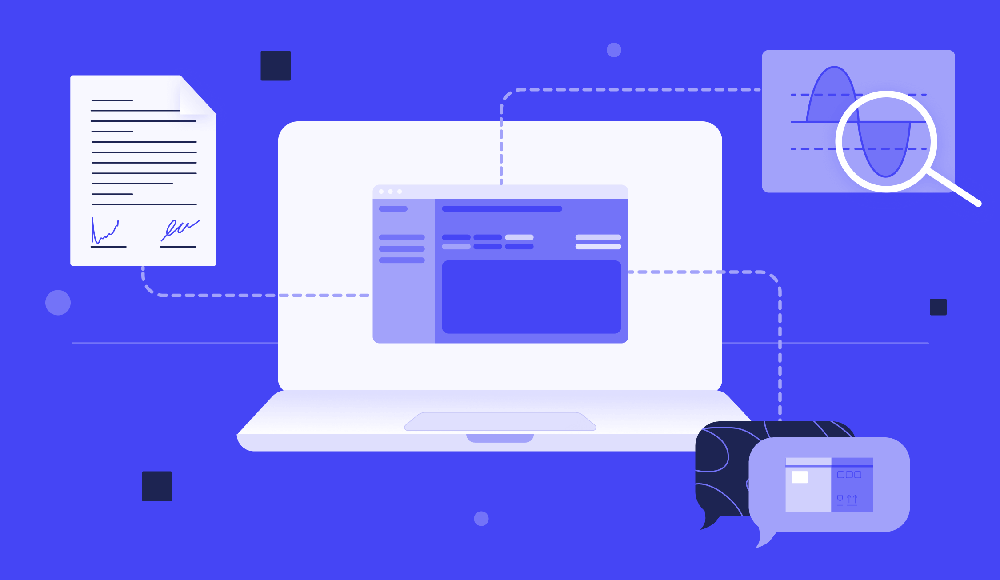Here is a detailed description of key features and functionalities
- Supplier Relationship Management (SRM):
- Centralized database of suppliers, including contact information, performance history, and compliance details.
- Evaluation and scoring of suppliers based on criteria such as quality, reliability, and cost-effectiveness.
- Requisition and Purchase Order (PO) Management:
- Automation of the requisition process, allowing users to submit purchase requests electronically.
- Generation and management of purchase orders with details such as item descriptions, quantities, and agreed-upon prices.
- Vendor Selection and Evaluation:
- Tools to assist in the selection of vendors based on criteria such as pricing, delivery capabilities, and historical performance.
- Ongoing evaluation and monitoring of vendor performance to ensure compliance with agreed-upon terms.
- Budget Management:
- Integration with budgeting systems to ensure that procurement activities align with allocated budgets.
- Real-time tracking of spending against budgetary limits.
- Contract Management:
- Centralized repository for managing contracts with vendors.
- Automated tracking of contract terms, renewal dates, and compliance with contractual obligations.

Here is a detailed description of key features and functionalities
- RFQ (Request for Quotation) and Bidding Process:
- Streamlined RFQ creation and distribution to potential suppliers.
- Bid management tools for evaluating and comparing supplier responses to select the most suitable vendor.
- Approval Workflow:
- Configurable approval processes for purchase requisitions and orders.
- Role-based access controls to ensure proper authorization at each stage of the procurement cycle.
- Integration with ERP Systems:
- Seamless integration with Enterprise Resource Planning (ERP) systems for synchronization of procurement data with other business functions.
- Document Management:
- Centralized storage and retrieval of procurement-related documents, including contracts, invoices, and shipping documents.
- Compliance and Risk Management:
- Tools to ensure compliance with legal and regulatory requirements.
- Risk assessment and mitigation features to identify and manage potential risks associated with procurement activities.
- Real-time Analytics and Reporting:
- Generation of reports and analytics to track procurement performance, monitor spending patterns, and identify areas for cost savings.
Implementing a Procurement Management System can lead to cost savings, improved efficiency, better supplier relationships, and enhanced compliance with procurement policies and regulations within an organization.




